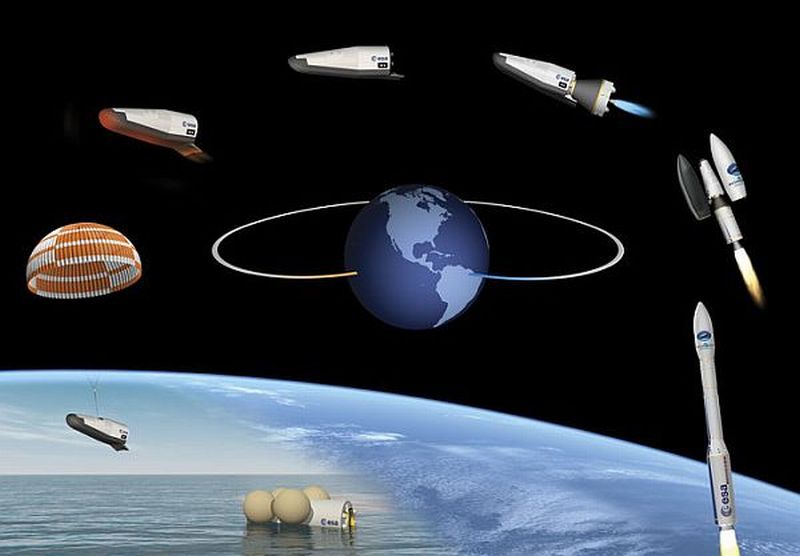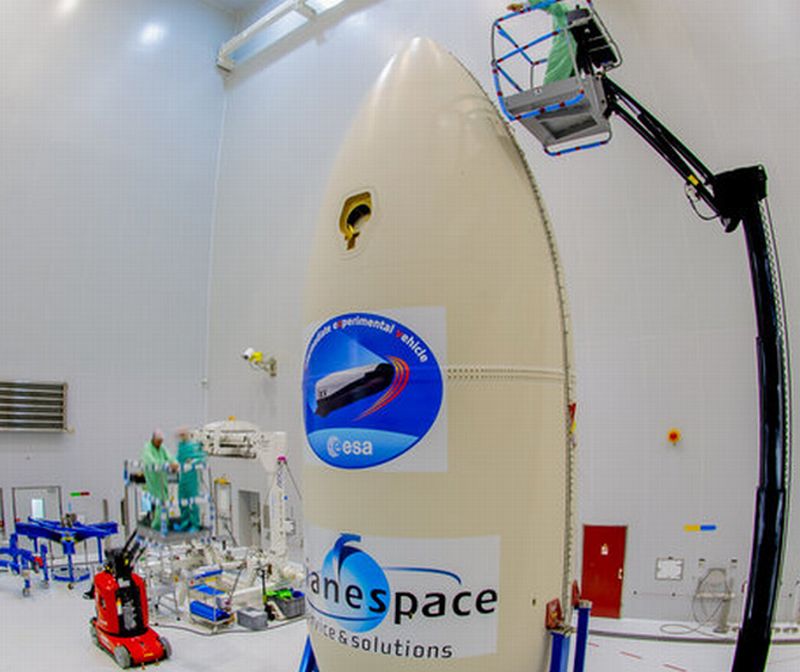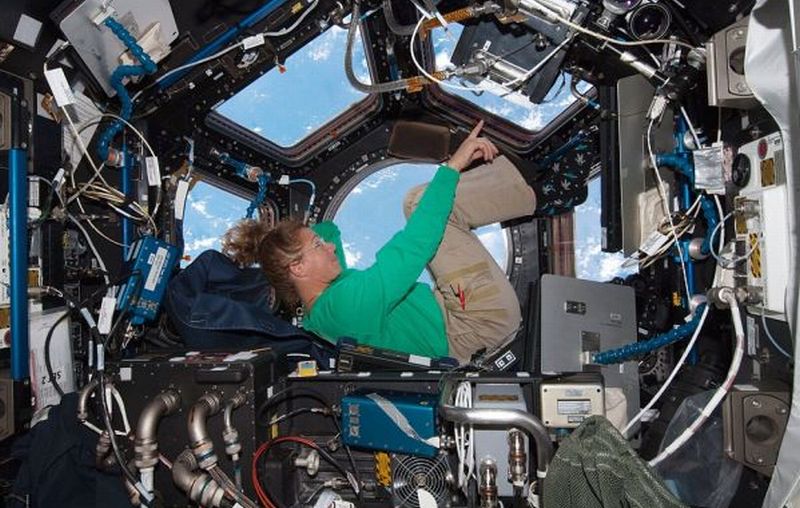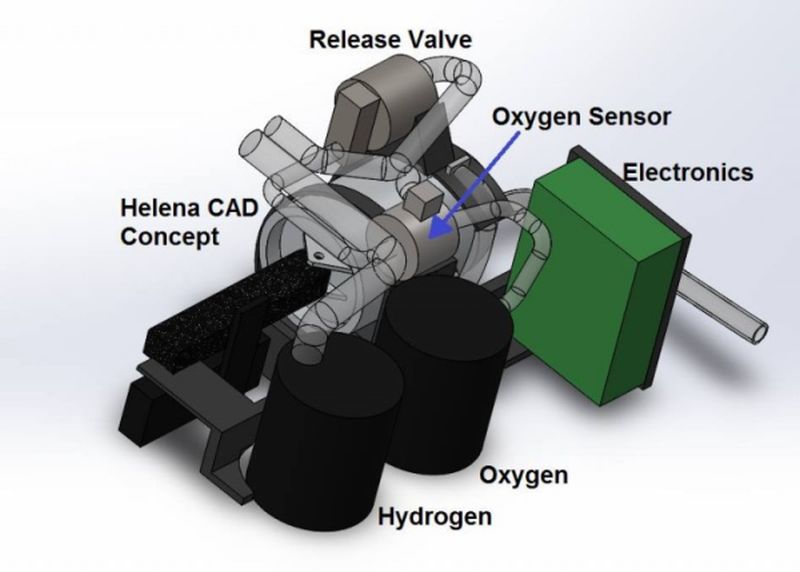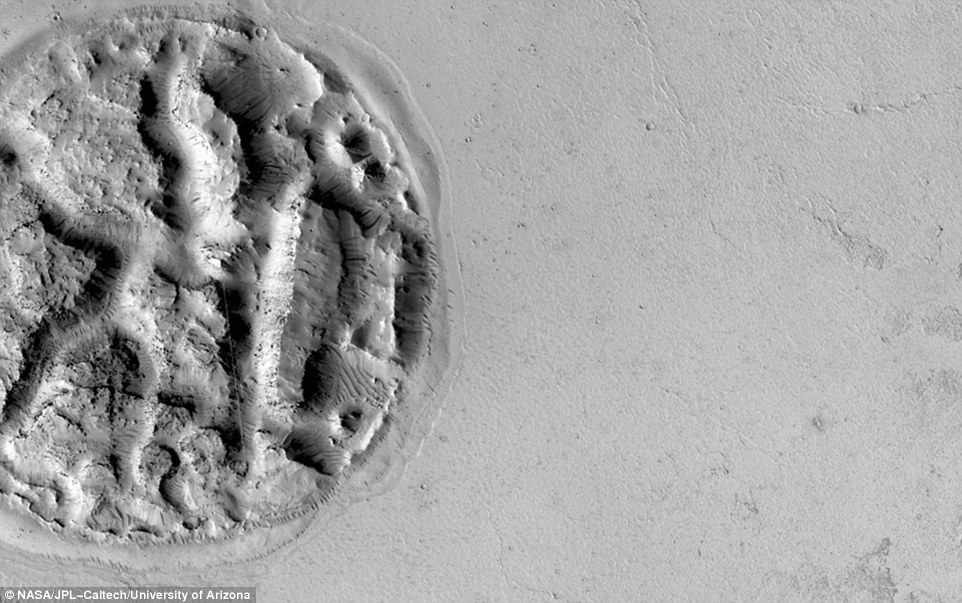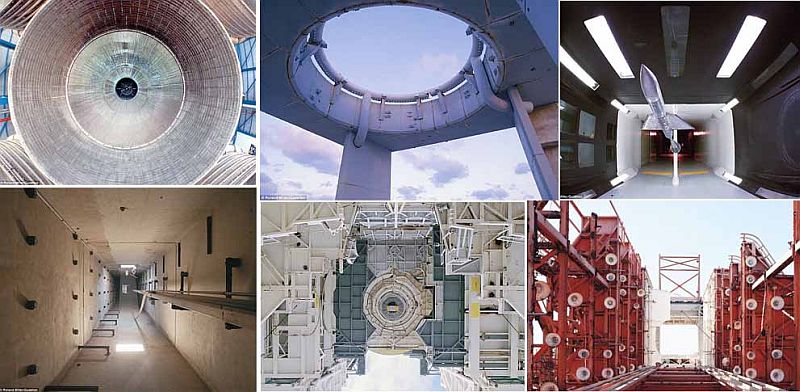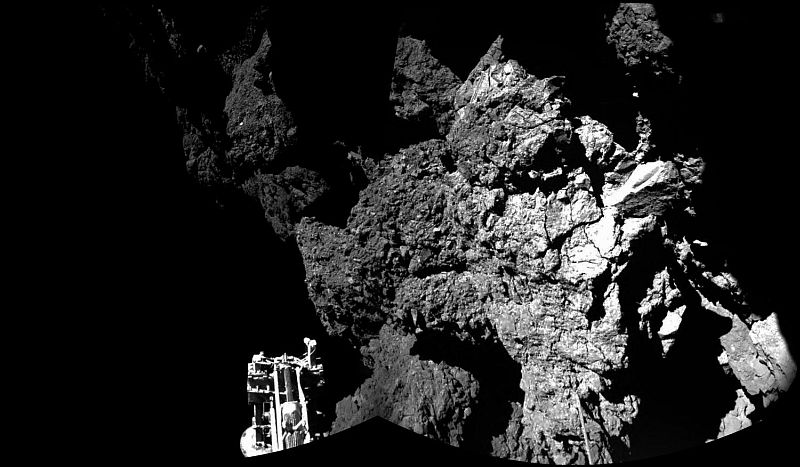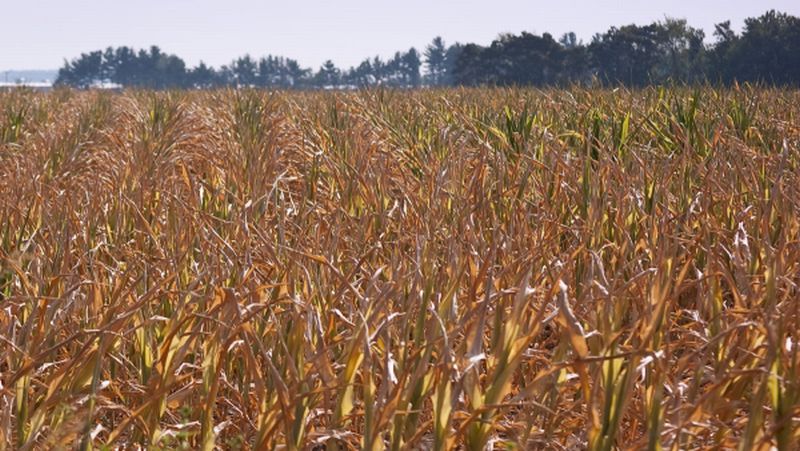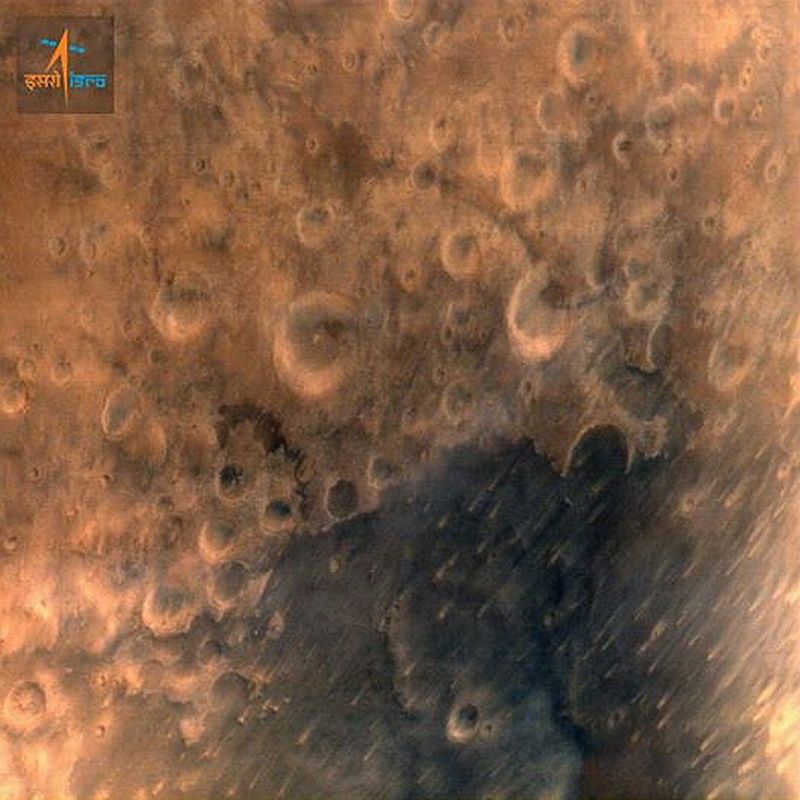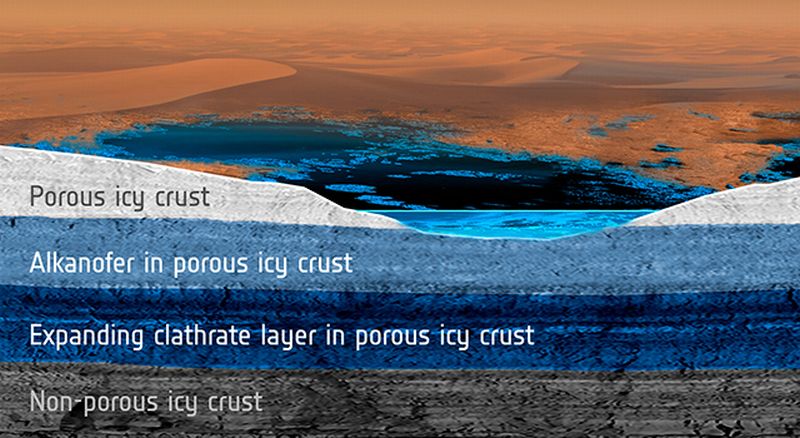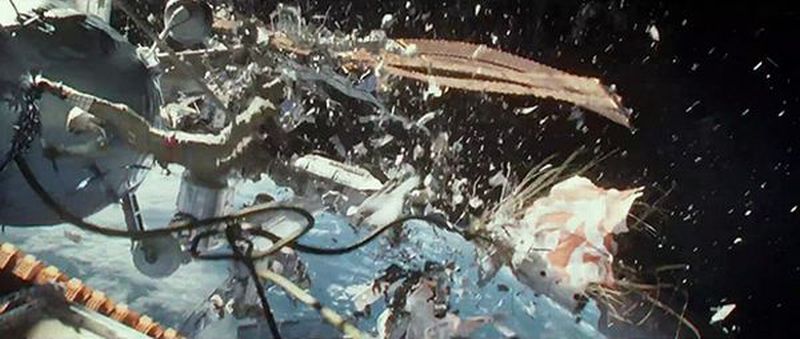ESA’s mini shuttle is all set to launch its flight and reentry mission. With this development, Europe will set strong foundation for innovative technology that would help future reentry missions for astronauts as well as other spatial bodies. The test flight is scheduled to be held on February 11. The entire operation would last for about 100 minutes testing the critical systems using 300 embedded sensors. Following are some of the images of the ESA’s space taxi, as they call it. 1) IXV during integration at Thales Alenia Space 2)…
Read MoreCategory: Space Tonics
ESA’s Space Taxi ready for Flight: Mastering Autonomous Return from Orbit
Europe’s much-awaited “Space Taxi” is finally ready for its first test flight and reentry mission, which is scheduled to be held on February 11.
Read More10 Images from Space Station Element Cupola: An Astronaut’s Office within the ISS
Last month, we covered a round up related to view from space and now we have some images from within Cupola, the pressurized Space Station Element with seven windows. Cupola The Cupola is an observatory module of the ISS. It has seven windows that are used for performing experiments, anchoring and observing Earth. The Space Shuttle mission STS-130 was kicked off from Earth on 8 February 2010 and docked to the Tranquility (Node 3) module. Considering Cupola’s successful attachment, ISS assembly has reached 85 percent completion. The observatory module is…
Read MoreHelena device can create Oxygen on Red Planet: Global Contest for Mars One’s First Unmanned Lander
Mars One, the controversial project that plans to create a permanent human settlement on the Red Planet has organized a competition called the Mars One University Competition. The competition has invited designers to prepare technology that can supply Mars citizens with breathable air. The victorious payload will have the opportunity to travel to Mars One initial unmanned lander mission that is scheduled to land on Mars in 2018. This mission will in turn prepare the way for the future colonists planning to reach Mars in 2025. A student team from…
Read More10 Images Captured by Orion: A View from Space at 32,000 kmph and 4,000°F
Orion Multi-Purpose Crew Vehicle (MPCV) finally made its successful re-entry into the earth’s atmosphere after a dramatic test flight that hovered around the Earth twice in nearly 4.5 hours. The spacecraft made a fiery re-entry with 32,000 km/h enduring temperature of 4,000°F. This happens to be one of the fastest NASA capsule missions after the Apollo program from 1969 to 1972.
Read MoreImpression of Human Brain discovered on Mars: Athabasca Region of the Red Planet
Recent image received by NASA clarifies the fact that once the Martian surface was saturated by volcanoes. The image has a semblance of a human brain (pictured above) and it stretches over a distance of approximately 1.2 miles. The agency has called it the ‘circular island’ since it appears to be an island encircled by smoothly flowing magma.
Read More10 Photographs of NASA’s Abandoned Launch Sites: Space Program’s Forgotten History
Mr. Miller a passionate photographer journeyed across the US for a project, which required capturing stills from the abandoned NASA sites. He explored nearly 16 space launch sites including research facilities in Virginia, Florida, Alabama, Mississippi, Louisiana, Texas, Kansas, Utah, New Mexico, and California. We are indebted to Mr. Miller’s effort because of which we were able to see the photographs of various space program’s forgotten history. Many of these sites have been demolished or repurposed especially the facilities at Cape Canaveral. Since the sites are still under the jurisdiction…
Read MoreImages from Rosetta’s lander Philae: Welcome to a Comet
Philae, the European Space Agency (ESA) lander made the historic touchdown on comet 67P/ Churyumov-Gerasimenko although it lacked to latch on properly yet the position is said to be stable relatively. The agency has been able to get hold of its first image.
Read MoreInternet Satellite Swarm: SpaceX to develop fleet of Micro-Satellites
After creating a dent in the world of automobiles and aerospace by giving affordable electric cars and rockets, Silicon Valley entrepreneur Elon Musk is moving towards delivering cheap Internet across the globe. This time, Mr. Musk is collaborating with Greg Wyler, founder of WorldVu Satellites Ltd., which happens to control a huge chunk of radio spectrum. Wyler has been working with Google Inc. but 2 months back he had left the tech giant and currently, he has been working with Elon Musk and SpaceX.
Read MoreECOSTRESS: The New Thermometer for detecting Earth’s Temperature
NASA’s Jet Propulsion Laboratory is developing a space-based instrument for detecting transpiration within plants so that the flora can effectively use water. ECOsystem Spaceborne Thermal Radiometer Experiment (ECOSTRESS) is the name of the device that will be docked on the space station for monitoring the water loss through nano-pores occurring within leaves.
Read MoreMangalyaan beams back Images from Mars: India’s First Successful Mission to the Red Planet
India’s Mars Orbiter Mission after positioning itself successfully into the orbit, took some images of the red planet. The image reflected the planet’s crater-marked surface. The Indian Space Research Organisation (ISRO) circulated the images across its network via its facebook page. Pictures containing orange surface with dark holes were taken at a height of nearly 4,536 miles. ISRO’s lead researcher V. Koteswara Rao confirmed that the spacecraft is working absolutely fine and that it has been able to click couple of pictures of the surface and its surroundings. Soon enough,…
Read MoreInterplay between Subsurface Liquid and Clathrates Reservoirs on Titan: Methane Rainfall
Information gathered by NASA in collaboration with European Space Agency Cassini mission has surfaced presence of numerous lakes across the northern polar area of Titan. Instead of consisting of water, these seas are composed of hydrocarbons, the organic compounds that are also present on Earth. As per the previous studies, the rainfall from the surface clouds brings about major amount of liquid on Saturn’s moon. However, the cycle of liquid moving through the moon’s crust and the atmosphere is still under consideration.
Read MoreHellacious Lava Fountains on Jupiter’s Moon Io: Curtains of Fire
Within a two-week period Io, Jupiter’s moon, experienced two massive outbursts in August 2013. Astronomers speculated that these volcanic eruptions could be regular phenomenon that can spew materials in huge quantities above the surface. If we talk about ratio, it could be somewhere from one huge outburst per one or two years but Io suggested more than this. Io is the innermost moon out of the planet’s four large Galilean moons. It is more than 3,600 km across. It is the only space body that is known so far, by…
Read MoreJapan to create Space Force to Monitor Debris: The Fourth Battlefield
Space debris are affecting our vital services and if it continuous to do so then time is not far when we would no longer be able to communicate, the financial markets would be paralyzed, no TV, no internet, no phone calls, no satellites, life would come to a halt, literally! Satellite collisions would initiate the catastrophic snow balling effect amplifying the cascade of destruction. The movie Gravity did call for some serious thinking about the impacts that debris can cause. Although the movie had some serious flaws but that is…
Read MoreEarlier Asteroid Impacts led to the formation of Earth’s Crust: Geological Evolution
Last year we talked about how meteor impact led to pastoral revolution and now recent research on Earth’s surface revealed that the planet was in a constant reprocessing process due to the huge asteroid impacts. The new approach utilizing the terrestrial bombardment model based on lunar and terrestrial data disclosed that asteroid collisions where the game changer which caused evolution of the topmost layers of Earth during its initial stages, which happened around 4.5b years ago. Yvonne Pendleton, NASA’s Solar System Exploration Research Virtual Institute (SSERVI) Director added that repeated…
Read More
